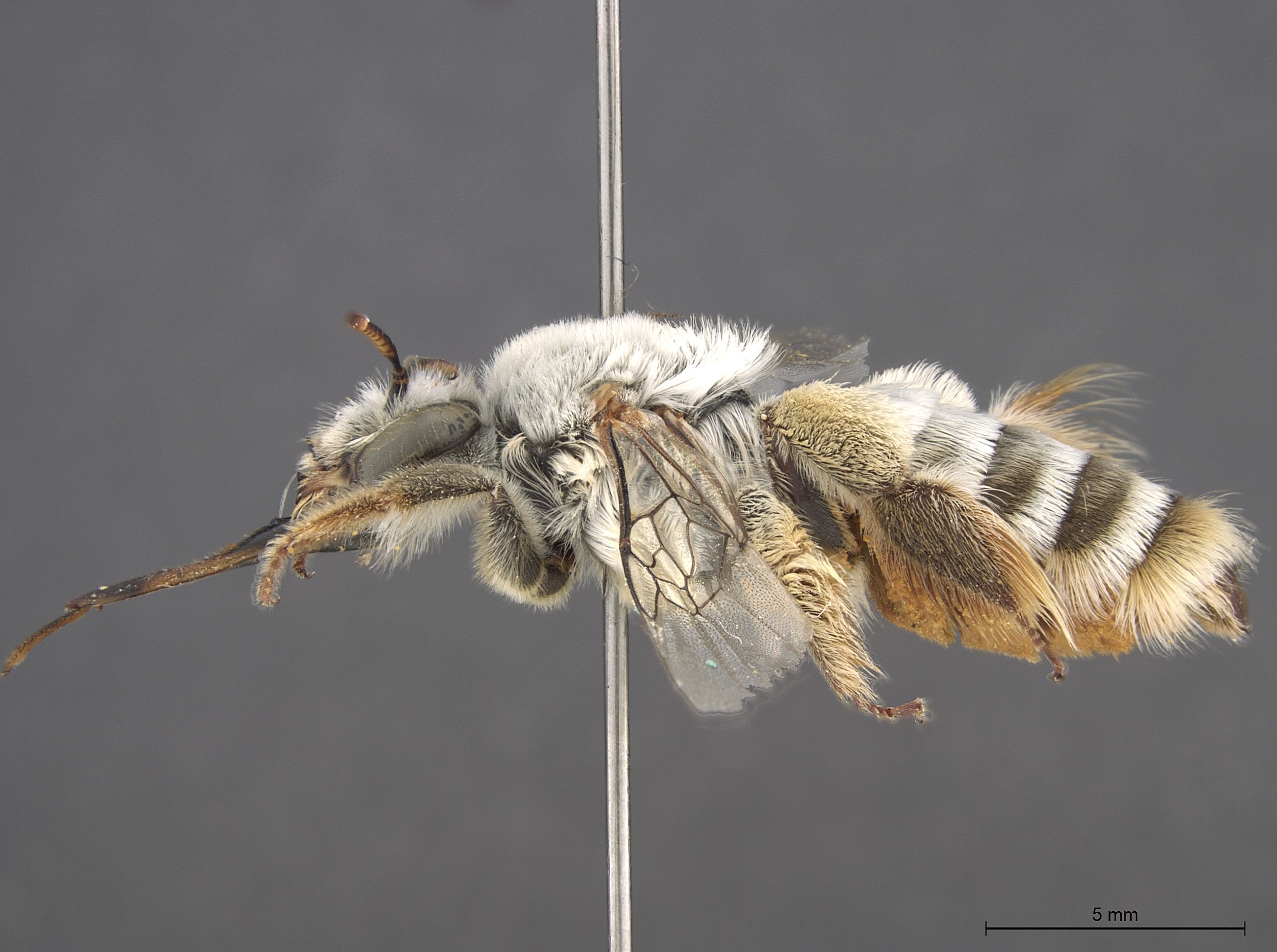

The effect of the heater geometry on the critical heat flux (CHF) in the saturated pool boiling condition was studied here using the vertically upward-facing thin flat plate heater mounted on a printed circuit board (PCB). The recorded still photographs of the boiling surface in the experiments illustrate the effects of liquid subcooling and surface orientation at different nucleate boiling heat fluxes and surface superheats on vapor bubble accumulation and/or induced mixing at the surface. The developed correlation for CHF of HFE-7100, as a function of θ and ΔTsub, is within ☑0% of the present data. At θ = 0° and ΔTsub = 30 K, CHF is ∼ 36 W/cm2 and 24.45 W/cm2 for saturation boiling, while at θ = 180° CHF = 10.85 W/cm2 at ΔTsub = 30 K and only 4.30 W/cm2 at saturation. CHF increases linearly with increased subcooling, but the rate increases from 0.016 K-1 at 0° to 0.048 K-1 at 180°. The critical heat flux (CHF) decreases slowly with increasing θ from 0° to 90°, and then deceases faster with increasing θ to 180°. Increasing θ decreases the saturation nucleate boiling heat flux at high surface superheats (ΔTsat > 20 K), but increases it only slightly at lower surface superheats. Results are obtained for inclination angles θ = 0° (upward-facing), 30°, 60°, 90°, 120°, 150°, and 180° (downward-facing) and liquid subcoolings δTsub = 0, 10, 20, and 30 K. The effects of orientation and subcooling on pool boiling of the HFE-7100 dielectric liquid near atmospheric pressure (0.085 MPa) from a 10 × 10 mm smooth copper surface are investigated experimentally. Additionally, the instability theory incorporated into this model accurately predicts the angle of transition between the near-vertical and downward-facing regions. The model was tested for different fluids and shows good agreement with CHF data. The near-vertical CHF model incorporates classical two-dimensional interfacial instability theory, a separated flow model, an energy balance, and a criterion for separation of the wavy interface from the surface at CHF. Upward-facing surfaces have been examined and modeled extensively by many investigators and a few investigators have addressed downward-facing surfaces, so this paper focuses on modeling the near-vertical region. The vast differences between the observed vapor behavior within the three regions indicate that a single overall pool boiling CHF model cannot possibly account for all the observed orientation effects, but instead three different models should be developed for the three regions.

In the downward-facing region, the vapor repeatedly stratifies on the heater surface, greatly decreasing CHF. The near-vertical region is characterized by a wavy liquid–vapor interface which sweeps along the heater surface. In the upward-facing region, the buoyancy forces remove the vapor vertically off the heater surface. Based on the vapor behavior observed just prior to CHF, it is shown that surface orientations can be divided into three regions: upward-facing (0–60°), near-vertical (60–165°), and downward-facing (>165°) each region is associated with a unique CHF trigger mechanism. Photographic studies of near-saturated pool boiling at various surface orientations were conducted in order to determine the critical heat flux (CHF) trigger mechanism associated with each orientation.

The measurement were taken using a sessile drop method and compared with previous studies.

Whereas the contact angle of a droplet water on the PCB heater surface was ± 80˚. The heater in present study was made of copper with a length of 100 mm, and a width and thickness of 2 mm and 50 μm, respectively. The schematic diagram of a single plate PCB heater and the contact angle of a droplet water on the PCB heater surface are shown in Fig. A K-type sheathed thermocouple was placed 40 mm horizontally apart from the edge of the heater. An electric cartridge heater with diameter of 10 mm was employed to maintain the bulk temperature at saturation temperature. In addition, the pyrex test cell was covered by a dense styrofoam in order to minimize the heat losses to the surroundings. A pyrex test cell was filled with deionized water and was heated up to the saturated temperature by a pre-heater. The setup was designed to observe the pool boiling phenomena and critical heat flux (CHF) of different inclination angles which are 0˚, 45˚, 90ånd 135˚in135˚in saturated water.
ELVIRA FIDELIA TANJUNG WINDOWS
The pyrex windows were held in place by laterally compressing the assembly with a set of M8 fasteners. The overall dimensions of the experimental setup were 350 mm x 350 mm x 60 mm.


 0 kommentar(er)
0 kommentar(er)
